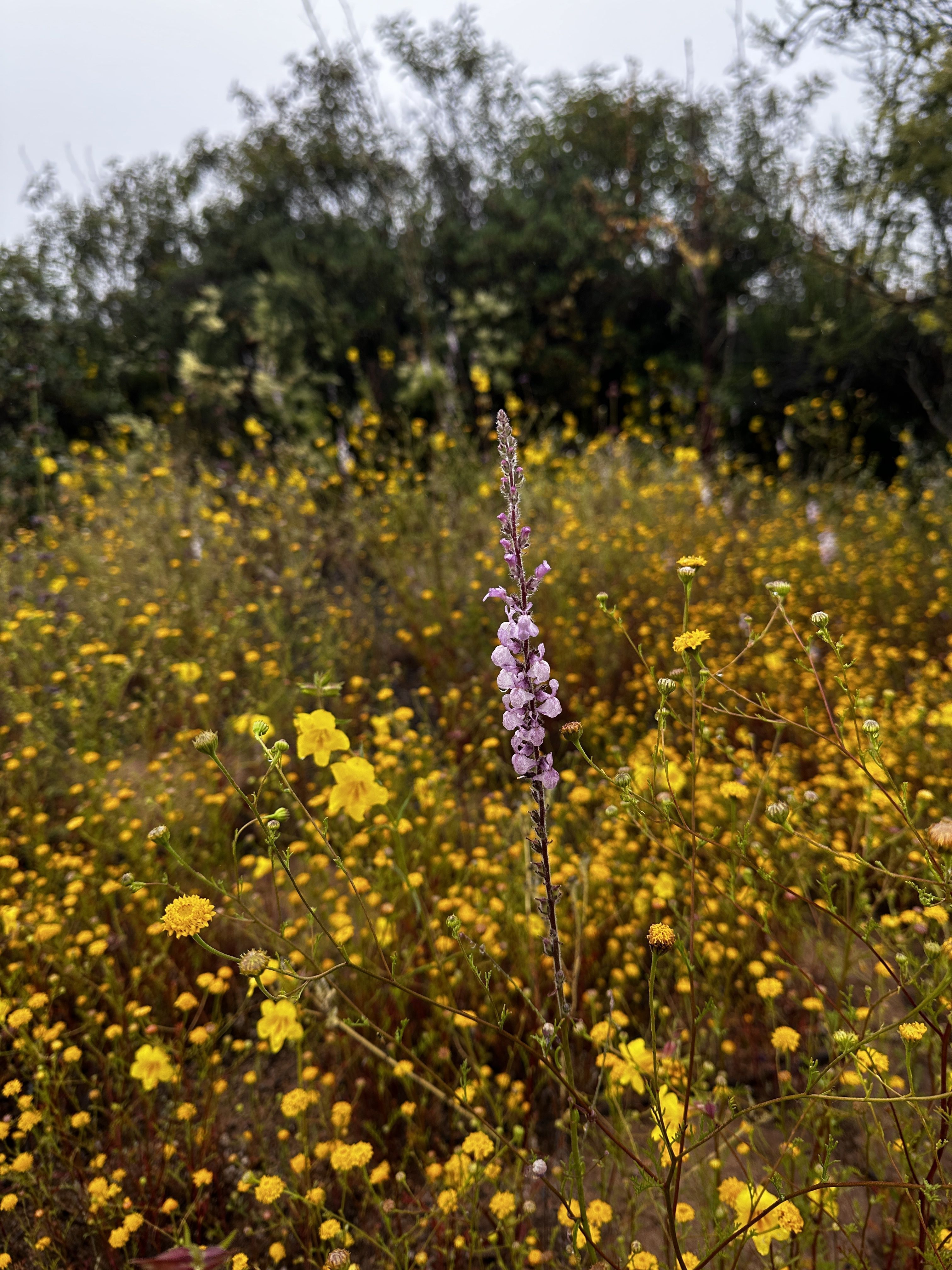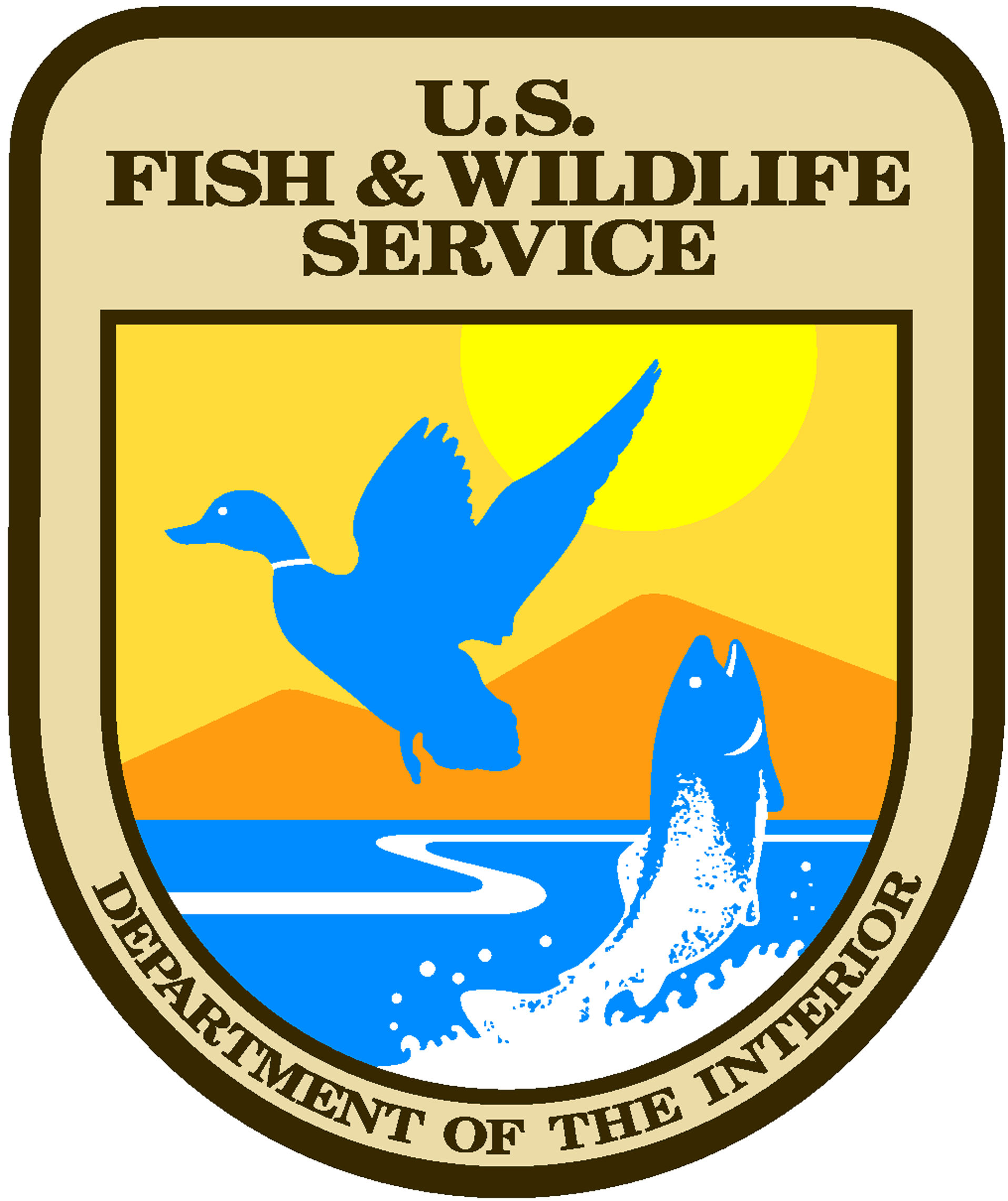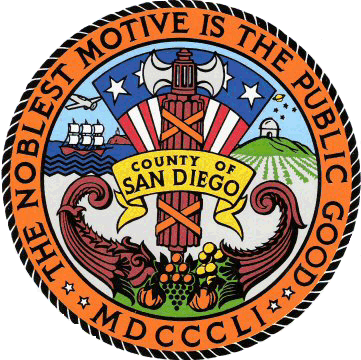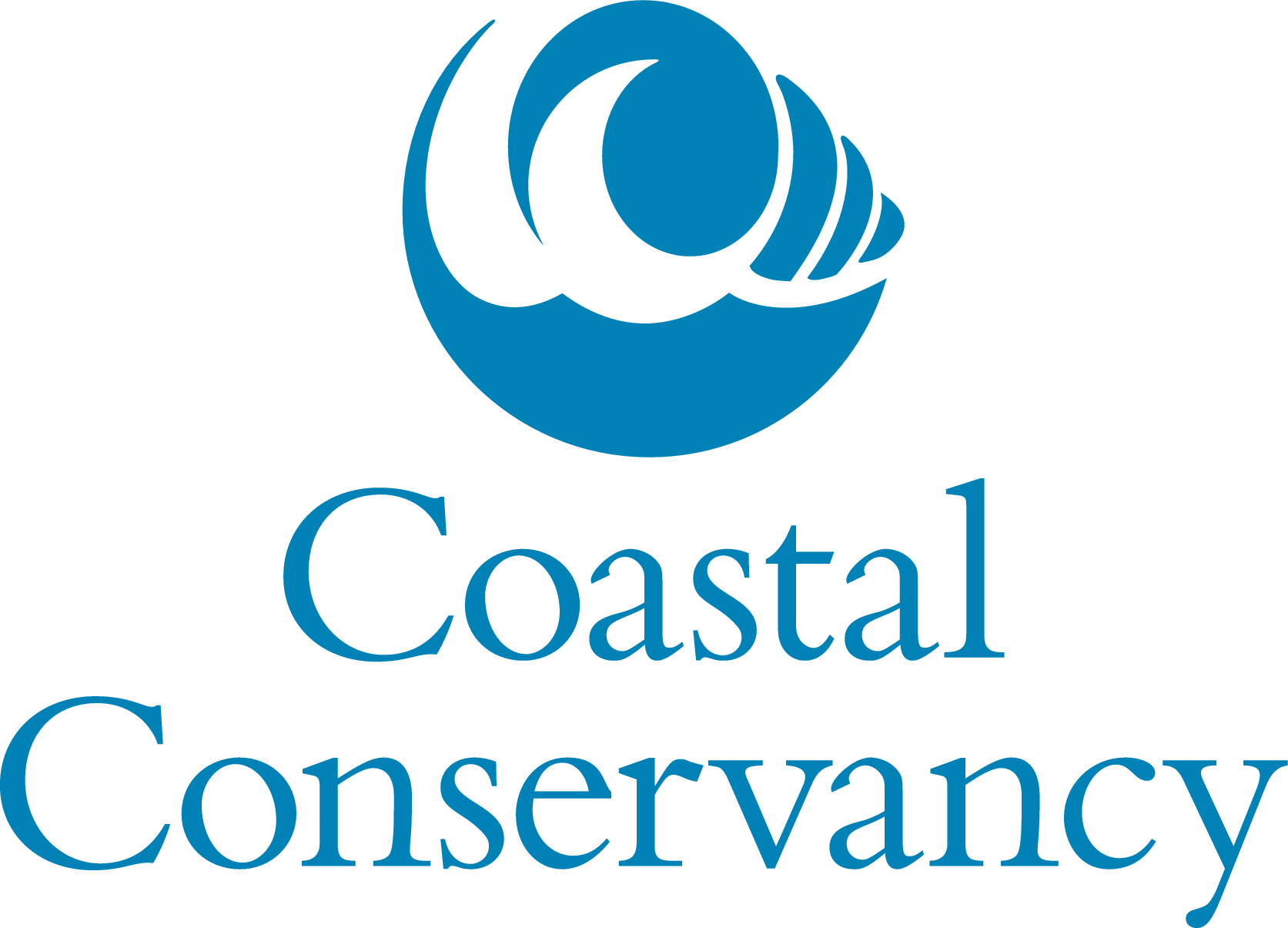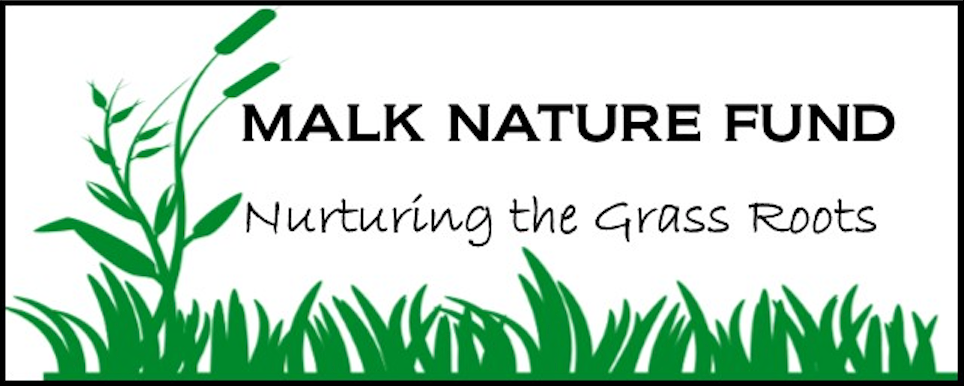Learn more about the Your City, Your Flower contenders!
Seed #1 - Bladderpod
Common English: Bladderpod
Common Spanish: ejotillo
‘Iipay Aa (Kumeyaay language): 'epshash
Latin Name: Cleomella arborea
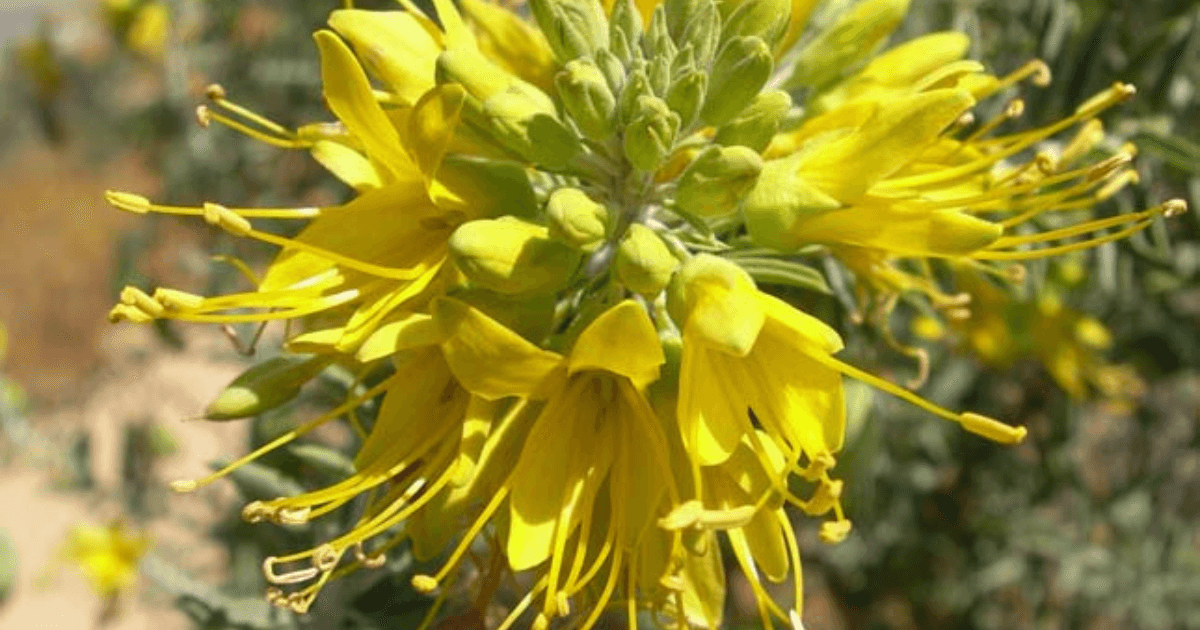
Bladderpod is an all around MVP and one of the easiest California natives to grow; it’s water wise and fire retardant and flowers year-round to attract pollinators to your yard. Its highly fragrant leaves aren’t your typical candle scent, but this shrub is highly valued by the Kumeyaay, as bladderpod’s signature seed pod and flower are both edible.
Fun Facts
- This player is a threat all over the field – it’s one of the easiest California natives to grow.
- Bladderpod is no stranger to our city; it’s native to Southern California, Baja California, and Northwestern Mexico
- Bladderpod can play any position; it grows in salty conditions and alkaline soils, and is adaptable to clay soils.
- Bladderpod takes up space on the field as a perennial shrub at 2-7ft tall and 6ft wide, and it’s great at the 3-pointer - it’s leaves are in groups of three!
- Bladderpod can flower all year long and attracts bees, butterflies, hummingbirds, and harlequin beetles.
- It’s a tough contender: Bladderpod needs infrequent water, is drought tolerant, likes full sun, and doesn’t lose its leaves.
- Bladderpod is frequently told to hit the showers – its highly fragrant leaves evoke a variety of opinions including pleasant and unpleasant.
- Bladderpod is a fire retardant plant that will not burn over an open flame.
- The seedpod is a large, inflated capsule which is edible along with the flower.
- Some Kumeyaay cultures use bladderpod seeds, and especially flowers and buds, as an important vegetable.
Seed # 2 - Cleveland Sage
Common English: Cleveland Sage
Common Spanish: salvia azul
‘Iipay Aa (Kumeyaay language): pellytaay
Latin Name: Salvia clevelandii
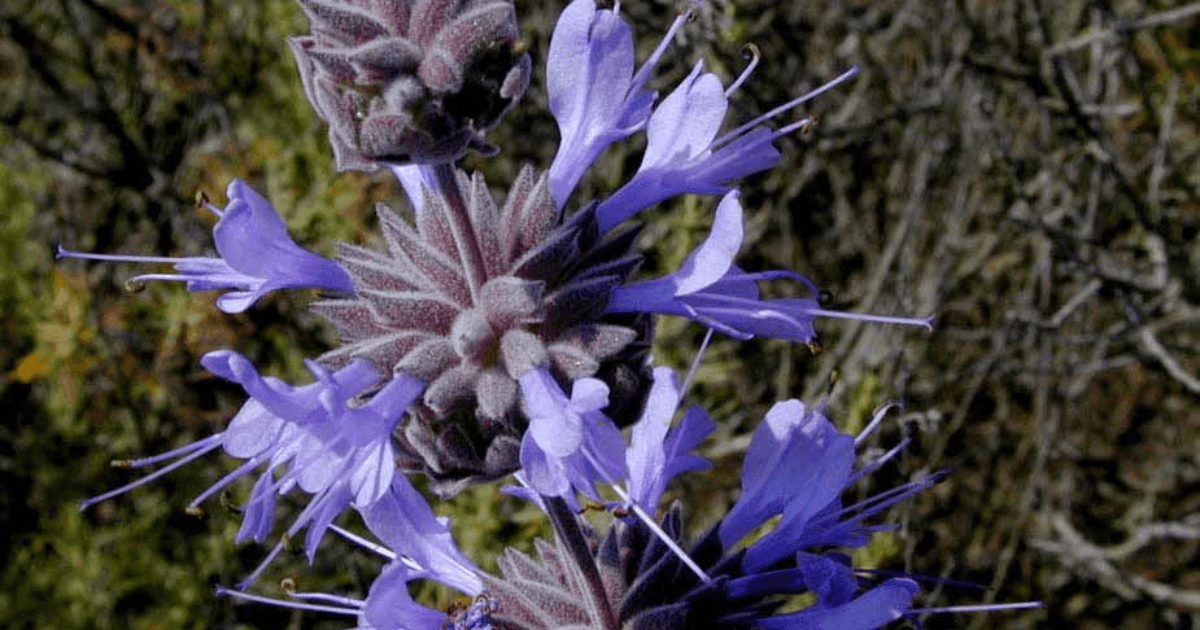
This contender is known for its fragrance, perfect to perfume your yard or kitchen with its beautiful blooms and leaves. Its ecological value is a slam dunk–it’s rich in nectar for pollinators. Named after local civic leader and botanist, Daniel Cleveland, who was one of eight individuals to start the San Diego Society of Natural History, this easy-to-grow shrub thrives in the sun, and can provide ground cover to small animals and invertebrates.
Fun Facts
- Found in chaparral and coastal scrub, on dry slopes, and in full or partial sun, it’s a very hardy, easy-to-grow plant native to Northern Baja and Southern California.
- Cleveland Sage is known for being very fragrant. One shrub can perfume the whole garden on a warm afternoon.
- Cleveland Sage’s aromatic leaves may also deter some pests in the garden. It is often planted as a companion plant for this reason!
- Cut flowers and leaves can be placed in areas where natural fragrances are desired, and are beautiful both fresh and dried.
- The sage flower is rich in nectar, an important food source for hummingbirds, bees, butterflies, and other pollinators.
- Highly drought tolerant, and used to stabilize soil and reduce erosion, Cleveland Sage is ideal for water-wise gardens.
- The genus name Salvia derives from salvēre (to feel healthy, to heal), referring to the medicinal nature of many plants in the genus. Salvias are in the mint family, with over 900 species.
- The species was named in 1874 by Asa Gray to honor plant collector Daniel Cleveland, an American lawyer, politician, civic leader, and botanist who had taken an interest in the local flora and fauna, sending his collections to Gray over a 20-year correspondence. Daniel Cleveland, along with seven others, began the San Diego Society of Natural History 150 years ago.
- Sages provide ground cover and their woody stems can offer shelter for small animals and invertebrates, and overwintering sides for beneficial insects.
- Kumeyaay uses include seasoning wheat and to produce an edible much called a pinhole. Leaves are also used to treat a cough or chest cold, or for issues with poison oak.
Seed #3 - California Buckwheat
Common English: California Buckwheat
Common Spanish: maderista
‘Iipay Aa (Kumeyaay language): hemill
Latin Name: Eriogonum fasciculatum
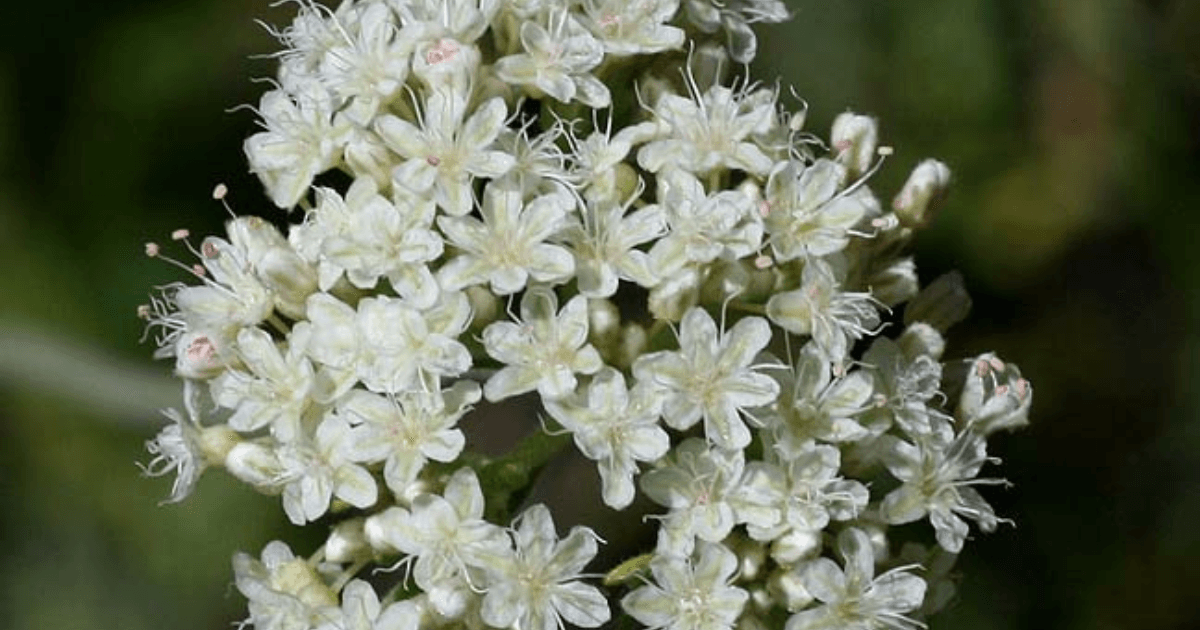
Buckwheat is a diverse competitor: the entire plant is edible, is able to self pollinate, and flowers for 3 out of the 4 seasons. Considered a pioneer plant, it can survive in and revive nutrient-poor ecosystems. Buckwheat provides essential habitat for wildlife and is perfectly adapted to San Diego’s climate. Buckwheat makes a beautiful bouquet fresh or dried, and is also the dominant source of native honey in California!
Fun Facts
- The entire plant is edible, making the usage of this plant very diverse. It can be used as a tea or tonic, poultice, salve, or powder. The healing properties are just as varied - reducing inflammation and pain, easing labor pains and stomach aches, and treating burns and cuts in versatile practices by indigenous people.
- These plants are keystone species for sagebrush/scrub habitats, perfectly adapted to San Diego’s climate, making them hardy and easy to grow.
- The plant blooms in Spring, Summer and Fall and although it is able to self-pollinate (ensuring future generations in harsh conditions), it provides vital nutrients and protection to bats, birds, bees, beetles, spiders, caterpillars, and butterflies. Flowering for 3 of the 4 seasons, it provides food for the listed species when other plants have gone dormant.
- As a pioneer plant, a species that can survive in nutrient-poor ecosystems and brings lost nutrients and stabilization, it provides habitat for other native plants in a wide range of elevations, soil moisture, and even varying levels of salinity.
- Buckwheat’s symbolic meaning in rituals and storytelling represents resilience, strength, and abundance.
- In some Kumeyaay cultures, when the flowers turn from white to red it signals that the time has come to start the annual journey up into the mountains to harvest pine nuts.
- Buckwheat’s got a sweet touch! Of all of the native plants in California, more honey comes from pollinated buckwheat than any other species, making it the predominant source of native honey.
- This plant is closely related to, but not actually the buckwheat flour that is commercially very popular today. However, its flowers and roots were used medicinally by the Kumeyaay.
- This plant is a host to a parasitic plant we know as dodder or witch’s hair.
- Buckwheat is endemic to Southern California and into Baja, crossing borders and many habitats.
Seed #4 - Black Sage
Common English: Black Sage
Common Spanish: salvia negra
‘Iipay Aa (Kumeyaay language): pellytaay
Latin Name: Salvia mellifera
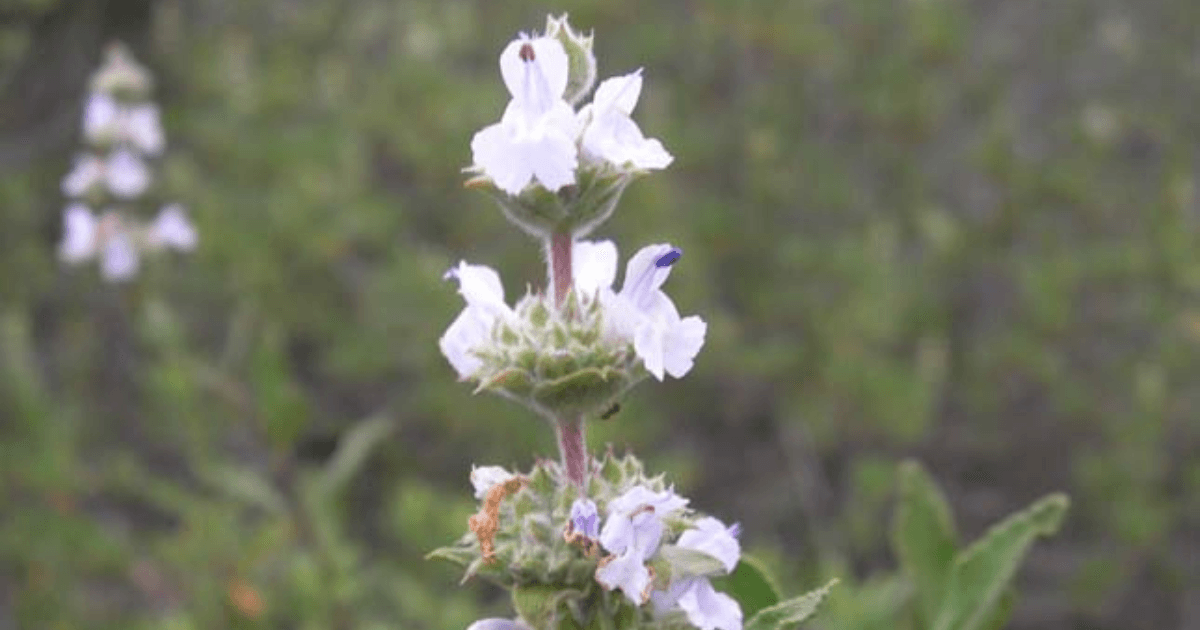
This contender dominates all over the court–as the most common sage in California, this shrub is found in foothills, mesas and the chaparral, attracting pollinators with its flowers and seeds. California quail and California Gnatcatcher love it! A sweet contender, its Latin name mellifera means ‘honey bearing,’ for its nectar and the high quality of black sage honey. Black sage is considered a keystone species of the plant communities in Southern California, but its populations are decreasing due to habitat loss.
Fun Facts
- Black sage is the most common sage in California. This shrub is found in foothills, canyons, mesas, and chaparrals.
- The vibrant and aromatic flowers attract pollinators, and its seeds are consumed by our state bird, the quail, as well as various species of birds.
- The plant is also sensitive to air pollution from sulphur dioxide and possibly ozone and has been recommended for use as a pollution monitor.
- Populations of black sage are decreasing due to loss of habitat, and competition from non-native grasses which are favored by increasing fire frequency and increasing nitrogen input.
- The Kumeyaay bathe with a tea of stems and leaves as a treatment for flu, rheumatism, and arthritis
- Black sage is a sweet contender: the Latin name, mellifera, means “honey bearing”, referring either to the prodigious amount of nectar produced under favorable conditions or the high quality of black sage honey – or both.
- Black sage is a player you build a team around, a franchise player! It is a keystone species of the plant communities in southern California. Many insects and animals depend on it for survival, and its absence would start a detrimental domino within the ecosystem.
- Salvia comes from the Latin salveo, “to save,” which refers to the medicinal uses of many salvias. In the case of Black Sage, components in the plant’s oils kill certain harmful bacteria.
- The Black Sage also produces a nectar that Black Sage honey is made from. This honey is typically peppery and strong, and is prized as a rare honey due to the plant's dry climate.
- A variety of endangered species, including the California gnatcatcher, rely on black sage’s existence for survival.
Seed #5 - California Wild Rose
Common English: California Wild Rose
Common Spanish: rosa silvestre de California
‘Iipay Aa (Kumeyaay language): huutuut
Latin Name: Rosa californica
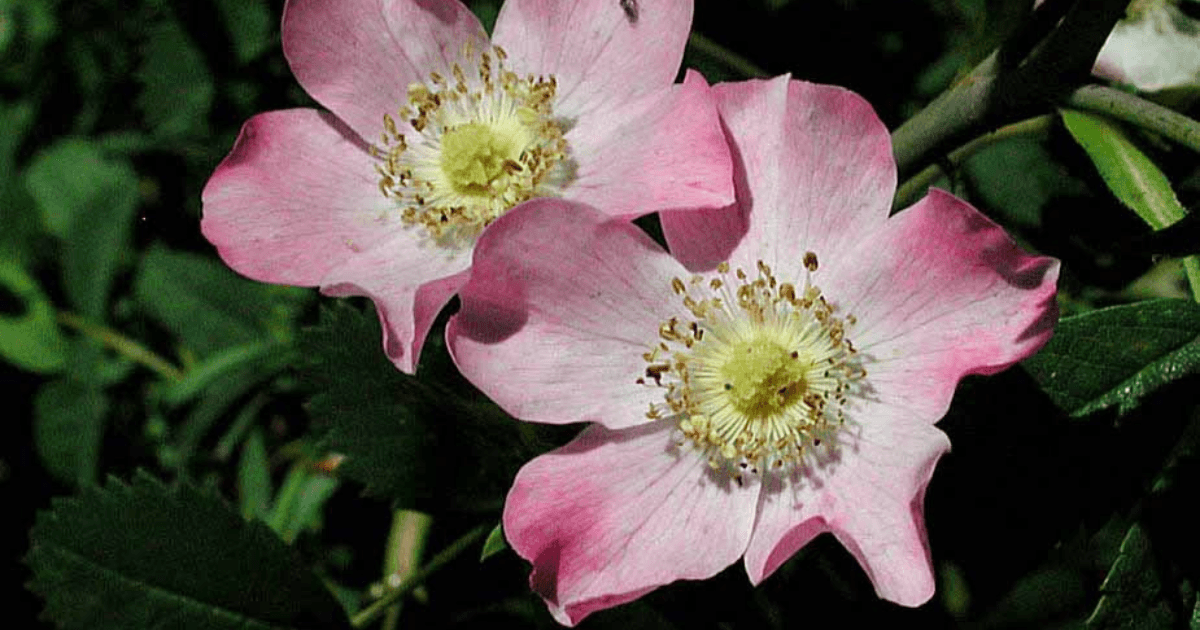
This native species ‘rose hips’ (fruit) were used in WWII for Vitamin C, and is also used in tea, jellies, or sauces. Their fragrant flowers attract all kinds of bees. Considered a keystone species in native habitats, this is the kind of player you build a franchise around! California rose withstands most native pests and utilizes underground runners to survive drought.
Fun Facts
- As a species that can grow up to 8ft tall, this species dominates at center court.
- This contender knows our region well; its range is Oregon all the way through San Diego to Northern Baja California, Mexico.
- Other teammates feed off the rose’s on-the-court talents–literally! Some bee and wasp species, like the spiny leaf gall wasp, will live inside the rose's hollow stems.
- This player’s petals have been used to treat fevers in infants and their stems have been used in basket making.
- The rose utilizes deep rooted underground runners to survive droughts and difficult winter conditions–amazing defensive skills!
- The rose's fruit, rose hips, is both fragrant and edible, with more vitamin C than oranges.
- Rose hips from this species were used in WWll for their high vitamin content.
- Considered a keystone species for their importance in native California habitats, this is the kind of species you build a team around.
- This plant is defensive player of the year, forming big, thorned thickets and being hardy enough to withstand most native pest species.
- In the worldwide family of Roseacea, our California wild rose has 5 petals in its corolla, grows rose hips as its fruit, and protects itself with thorns on its stem.
Seed #6 - Blue Elderberry
Common English: Blue Elderberry
Common Spanish: sauco
‘Iipay Aa (Kumeyaay language): kupall
Latin Name: Sambucus mexicanus
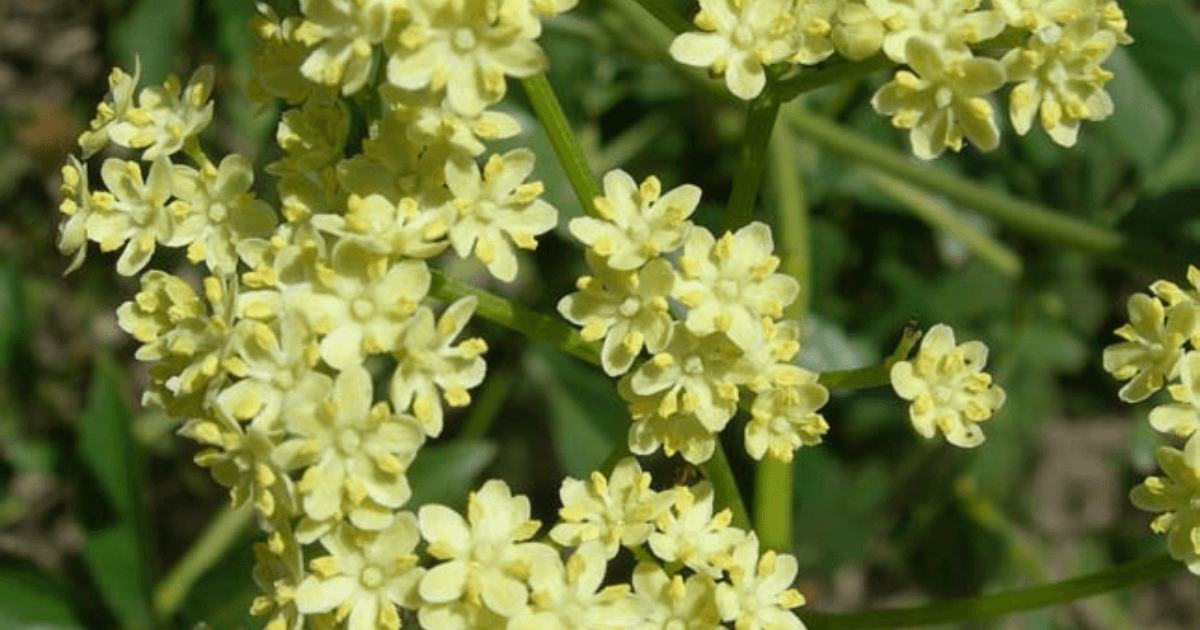
Another edible contender - elderberries are high in Vitamin C, and both the fruits and flowers can be made into jams or syrups, and are a buffet for birds! Elderberries attract a whole team of insects–but the friendly ones who prey on aphids, spider mites and other garden pests, as well as moths and other pollinators. Flowering from April until October, it's a favorite medicinal plant for the Kumeyaay, is drought tolerant, and grows rapidly.
Fun Facts
- This contender is edible! When cooked both the fruits and flowers can be eaten and made into jams, syrups, and more
- Health benefits! Elderberries are high in vitamin C and antioxidants and are a great addition to your medicinal garden. Traditional uses include using the leaves to cure skin disease and stop internal bleeding and the bark to heal open wounds/sores. It is also used to shorten the duration of cold and flu symptoms.
- Elderberry is a team player. Its fruits and flowers support birds, bees, butterflies, and bats!
- Pest control! Green lace wings, who predate on aphids, spider mites, and other garden pests, are often found in elderberry. They make a great hedgerow.
- Culturally significant! The stems can be used to make flutes, the berries can make dye, and the bark can be used for clothing. The pithy core that is removed to make instruments can also be used as tinder.
- Drought tolerant, fast growing, and able to grow in a variety of soil and light conditions.
- Bird Buffet! Birds that dine on elderberry berries include: bluebirds, buntings, sapsuckers, house finches, flickers, grosbeaks, jays, kinglets, mockingbirds, nuthatches, orioles, sparrows, tanagers, thrashers, thrushes, towhees, waxwings, warblers, woodpeckers, wren-tits, grouse, pheasants, and doves.
- Elderberry flowers attract insects, attracting a diverse array of birds.
- Easily propagated from seed or by cuttings.
- Host species to over 25 species of moths, including the Elder moth.
Seed #7 - Blue-eyed Grass
Common English: Blue-eyed Grass
Common Spanish: pasto de ojitos azules
‘Iipay Aa (Kumeyaay language): kuushaaw
Latin Name: Sisyrinchium bellum
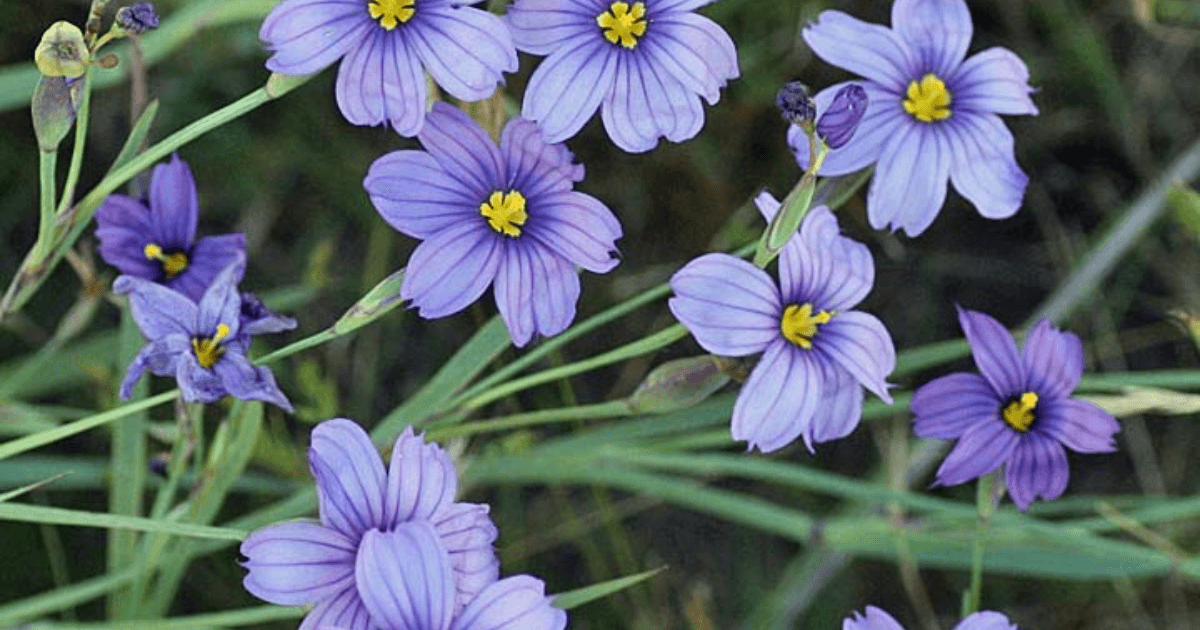
The most cunning of our contenders, this plant has no eyes and isn’t a grass. In the Iris family, Blue-eyed Grass is one of only two irises native to San Diego. An all-around threat on the field, blue eyed grass works great at the edge of landscaped areas, is a fire-resistant plant, and uses a corm to store resources underground. The word for its genus: Sisyrinchium, is derived from the way the corm looks like a shaggy goat (sisýra in Greek).
Fun Facts
- The trickiest of our contenders, this plant has no eyes and isn’t actually a grass. In the Iridaceae family, blue eyed grass is one of only two irises native to San Diego!
- The genus Sisyrinchium was created by Linneaus – the Swedish botanist that created the whole system of species naming that we use today.
- The only contender with a corm, the Blue-eyed Grass uses a modified stem to store resources, like saffron, taro, and Chinese water chestnuts. Great company to be in!
- The word for Blue-eyed Grass’ genus, Sisyrinchium, is derived from the way the covering of the corm resembles a shaggy goat’s-hair coat, a sisýra in Greek.
- Blue-eyed Grass can surprise you, sometimes growing purple flowers and sometimes, although rarely, even growing white flowers.
- Don’t count Blue-eyed Grass out in the summer. It goes dormant in our dry summers and dies back to the ground, but with its root reserves, it rises from the dead in surprising places come the rainy season!
- If you know where to go, you could walk through a damp, slightly acidic meadow in the April sun, a month after this rainy March, and see what looks like a lawn blooming with all the bright blue flowers.
- A true team player, Blue-eyed Grass works great at the edge of landscaped areas for pops of color and easy maintenance.
- Like many of our contenders, Blue-eyed Grass can take the heat. It’s on several California county’s fire-resistant plant lists.
- In 1908, an ethnographer recorded Luiseno Native Americans taking the roots of Blue-eyed Grass as a purgative, and Delfina Cuero in her book said the plant was good for cramps.
Seed #8 - Bush Sunflower
Common English: Bush Sunflower
Common Spanish: girasol de costa
‘Iipay Aa (Kumeyaay language): nahekwi
Latin Name: Encelia californica
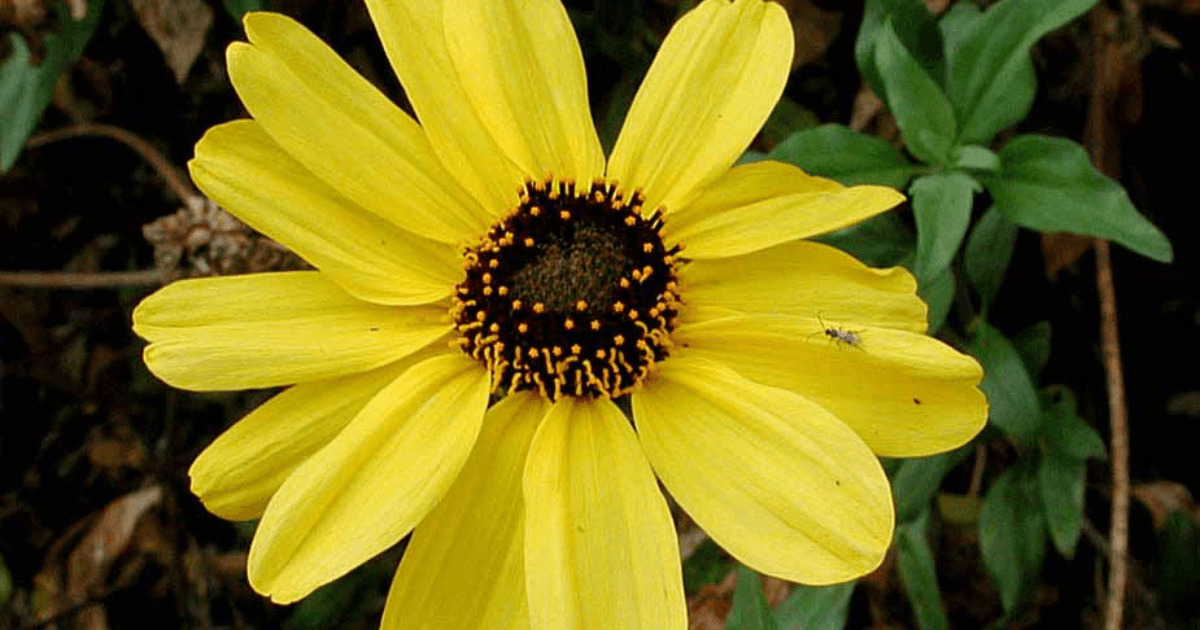
The ‘Iipay Aa name ‘nahekwi means ‘it watches the sun’, these guys will brighten your yard, growing very quickly and easily. This player will go dormant in the summer, bringing its best game in the winter rainy season, but with a little supplemental water, it stays green year round. Bush sunflower is a critical player in habitat restoration and for birds & butterflies. This flower is perfect for bouquets and cutting promotes a longer blooming period.
Fun Facts
- What looks like a “flower” is botanically made up of many little brown disk flowers and 15-25 yellow ray flowers growing together in a cluster.
- With a little supplemental water through the summer, it will remain green and produce flowers throughout the year.
- Bush sunflower is seasonally dimorphic. Large leaves produced during the winter are replaced by much smaller leaves during the drought conditions of summer and fall.
- Unlike many related species, the seeds of bush sunflower lack the pappus that act as parachutes, facilitating wind-dispersal of seeds. Instead, seeds are spread by birds and mammals.
- Bush sunflower is an important team medic. Boil all parts of the plant into a thick paste (poultice) and apply to relieve aching joints and to treat wounds.
- Encelia is a breath of fresh air - the stems can be chewed as a breath freshener.
- The Kumeyaay name for bush sunflower is Nahekwi which means “it watches the sun.”
- This underdog is great for habitat gardens as the flowers are an early blooming favorite with butterflies, bees, and other insects, and the seedheads provide foods for birds.
- Bush Sunflower is a critical player on team restoration. It’s used in restoration and native landscaping as a slope stabilizer throughout the region.
- A great cut flower for indoor bouquets, cutting Bush Sunflower blooms will promote longer blooming periods.
*Several of these plants have many varieties for sale at local nurseries, as nurseries and growers have cultivated certain aspects of the species. This project is raising up and encouraging the use of the native species as contenders for City Flower.
Resources:
- The names in 'Iipay Aa (the Kumeyaay language) were shared with us by the Barona Band of Mission Indians, and we thank the Barona Cultural Center and Museum and their Museum Committee for their time and expertise.
- UCSD Center on Global Justice, 2024. ‘Native Plants of San Diego and Tijuana.’ La Jolla, CA
- San Diego County Plant Atlas (continually updated): The plants of San Diego and Imperial Counties, California.
- ‘Kumeyaay Ethnobotany: Shared Heritage of the Californias’ by Michael Wilken-Robertson, published by Sunbelt Publications in 2017.

